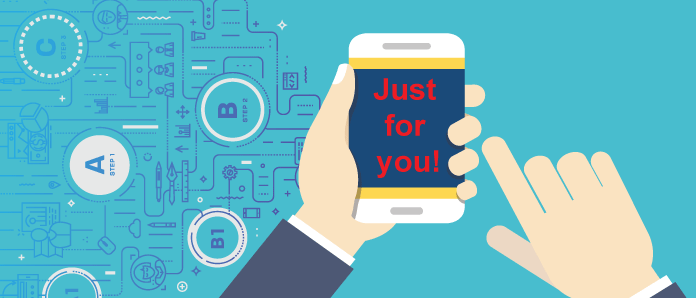Personalized Learning is the tailoring of pedagogy, curriculum and learning environments to meet the needs and learning styles of individual learners. Personalization is broader than justindividualizationordifferentiationin that it affords the learner a degree of choice about what is learned, when it is learned and how it is learned.
Elements of personalized e-learning
In essence, personalized e-learning enables students to customize a variety of the elements involved in the online education process. This means that they are asked to set their own goals, go at their own pace, and communicate with instructors and students to personalize the learning process. Ideally, the student is placed in charge of managing his/her own learning and is able to customize the experience by having a direct say in the processes and content that is being provided.
Key elements that are customized in personalized e-learning are: the pace of learning, the instructional approach, and lessons and activities that draw upon the students experience and interests. In truly personalized e-learning environments students are given the chance to learn what they want when they want, and even the method of learning! This typically leads to improved learning results.
Mechanics of personalized learning
A great deal of the personalization that is carried out in e-learning settings is based uponfeedback. Feedback can either beexplicit(in the form of a written suggestion) orimplicit(in the form of actions on the system). The feedback can be either manually or automatically processed to help with the personalization of the platform and ideally this should be an integral part of the learning platform. The transformation of feedback to a personalized system modification is mostly handled through an Artificial Intelligence (AI) subsystem.
